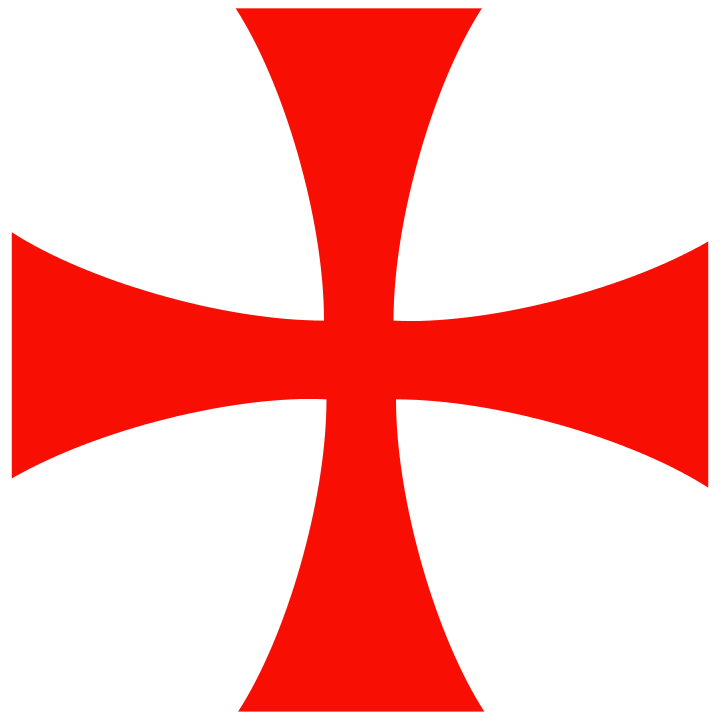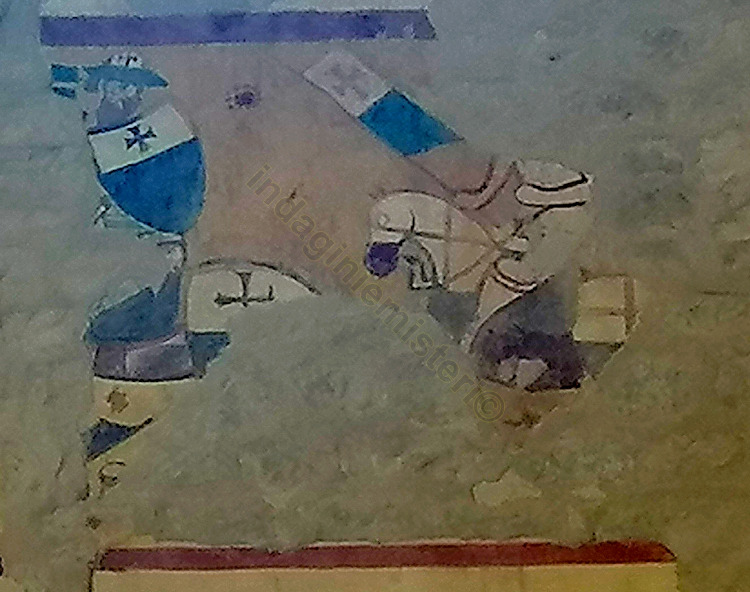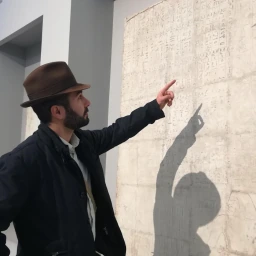During the Crusades, soldiers and pilgrims travelling to Jerusalem were used to sew a small cross on their chests or cloaks. However, the term ‘crusade’ was only used long after the first expedition to the Holy Land, probably around 12501, because of this symbol. The cross attested to the condition of martyrdom and sacrifice of the devotees who decided to make the sancta peregrinatio towards Jerusalem, in order to follow the Gospel story of Christ.
The Templars, fraternitas and militia
Therefore, it is not surprising that the Hierosolymitan orders that emerged during the First Crusade, including the Knights Templar, had the same symbolism on their breasts. The Order of the Temple did not originally have its own cross. Contrariwise, it used all the common kinds of that time. Moreover, for many years after their foundation, the Templars represented a fraternitas and only later became a militia Templi. For this reason, they did not initially have different symbols than the other Crusaders.

During the Council of Paris in 1147, however, Pope Eugene III conceded the use of a special cross pattée, although it is already mentioned in the papal bull Omne datum optimum of 11392:
Cum enim natura essetis filii ire et seculi voluptatibus dediti, nunc, per aspirantem gratiam, evangelii non surdi auditors effecti, relictis pompis secularibus et rebus propriis, dimissa etiam spatiosa via que ducit ad mortem, arduum iter quod ducit ad vitam, humiliter elegistis, atque ad comprobandum quod in Dei militia computemini signum vivifice cruces in vestro pectore assidue circumfertis.
Although you were by nature children of wrath, seculars devoted to pleasures, now through the favouring grace of the Gospel you have been rendered hearing listeners who have abandoned the pomp of this world and personal possessions, who have even left the broad way that leadeth unto life, and, as proof that you are to be specially counted in the army of Christ, you always bear on your chest the sign of the life-giving cross.
Omne Datum Optimum, 1139. Translation by Malcolm Barber, Rosemary Horrox, Keith Bate, The Templars: Selected Sources, 2002
The Cross Pattée, a Templar clue
The Cross Pattée had four arms of equal size, which enlarged at the ends. This justifies the Latin etymology patentem, past participle of pàteo. It had either a flat edge or, more rarely, a convex or concave one. The Templar cross, red in colour, was a symbol of Christ’s martyrdom for the redemption of humanity. It was different from the Maltese Cross of the Knights Hospitaller, whose eight two-pointed extremities represented the beatitudes.

The Cross Pattée is linked to the Knights Templar and is the symbol of the militia Templi par excellence. However, it was not only used by the Order, but possibly by other crusaders too. Hence, the archaeological discovery of a Cross Pattée constitutes a clue, but not always a proof, of the Templar passage in a particular place.
The Cross Pattée and the Beauceant
A red cross pattée was used on the Templars’ clothing and war flag, the Beauceant. It was decorated in black and white and evoked the dualism of being monks and warriors, as well as the eternal struggle between Good and Evil.

The term beauceant had the etymological meaning of a heraldic coat of arms divided into bands. On the banner was the French inscription Vaucent, indicating that each of the Templars was worth a hundred men. Thus, following the Beauceant, the Knights recited the Psalm 113:
Non nobis, Domine, non nobis, sed nomini tuo da gloriam!
Not to us, not to us O Lord, but to your name give glory!
From the prologue of the Rule of St Benedict, from which the ‘primitive’ Rule of the Templars is written; the quotation is also found in the work De laude novae militiae 13, 31 by St Bernard of Clairvaux.
Samuele Corrente Naso


